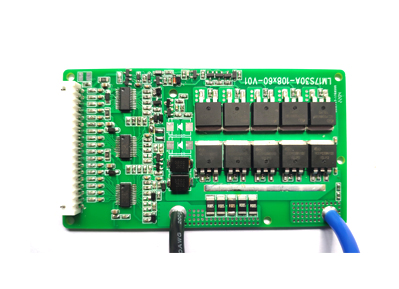When it comes to multilayer PCB fabrication, there are several cost factors that you should consider. Understanding these factors can help you optimize your design for cost efficiency. Here are some key cost considerations:

1.Number of Layers: The number of layers in your PCB design directly impacts the fabrication cost. As the number of layers increases, so does the complexity of the manufacturing process, leading to higher costs.
2.PCB Size: Larger PCBs require more material and longer manufacturing times, which can result in higher costs. Designing your PCB to be as compact as possible while still meeting your requirements can help reduce costs.
3.Copper Thickness: The thickness of the copper used in the PCB affects the cost. Thicker copper layers generally result in higher fabrication costs due to the increased amount of material required.
4.Layer Stackup: The complexity of the layer stackup, such as the arrangement of signal layers, power planes, and ground planes, can impact the cost. More intricate stackups may require additional manufacturing steps and processes, leading to higher costs.
5.Drill Complexity: The number and complexity of holes, including vias and through-holes, influence the fabrication cost. More drill holes or smaller drill sizes require additional time and precision during the drilling process, which can increase costs.
6.Surface Finish: The choice of surface finish, such as HASL (Hot Air Solder Leveling), ENIG (Electroless Nickel Immersion Gold), or OSP (Organic Solderability Preservatives), can affect the cost. Some surface finishes may be more expensive than others due to the materials and processes involved.
7.Tolerances and Special Requirements: If your design has specific tolerances or special requirements, such as controlled impedance or tight dimensional specifications, it may incur additional costs during fabrication. These requirements often involve additional testing and verification steps.
8.Material Selection: The choice of PCB material can impact the cost. Higher performance materials, such as high-frequency laminates, tend to be more expensive compared to standard FR-4 materials. Consider your design requirements carefully to select the most cost-effective material option.
9.Production Volume: The quantity of PCBs being manufactured affects the overall cost. Larger production volumes generally offer economies of scale, resulting in lower costs per unit.
10.Manufacturer and Location: Different PCB manufacturers have varying pricing structures and capabilities. Additionally, manufacturing costs may vary based on the geographical location of the manufacturer. It's essential to obtain quotes from multiple manufacturers to compare costs and choose the most suitable option.
By considering these cost factors during the design phase and collaborating with your manufacturer, you can optimize your multilayer PCB design for both performance and cost efficiency.
Get more knowledge about Multilayer PCB Fabrication please refer to Rigaopcb:https://www.rigaopcb.com/